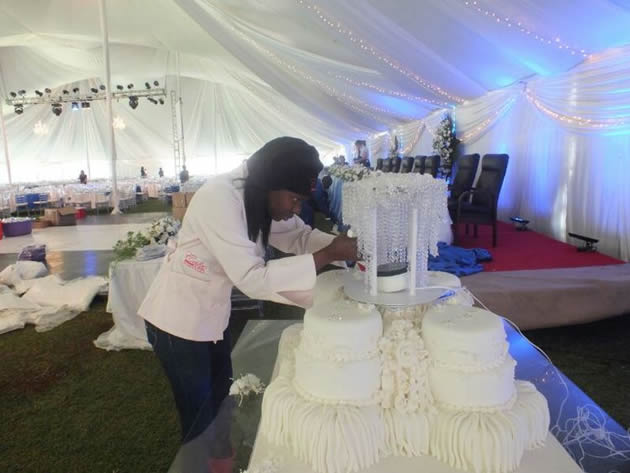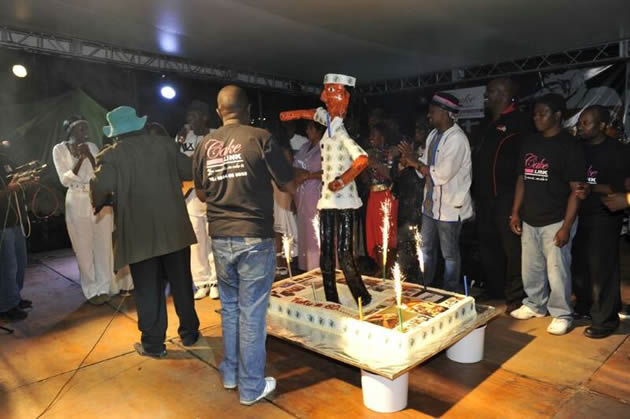History Of Cake Decorating

 Decorating cakes can be traced back to the mid-17th century. This is around the same time, probably that cake pans made their first appearance in domestic kitchens across North-eastern Europe.
Decorating cakes can be traced back to the mid-17th century. This is around the same time, probably that cake pans made their first appearance in domestic kitchens across North-eastern Europe.
Beginning in the mid-17th century, it gained widespread popularity as a way to create elaborate desserts that were used as displays during the feasts and banquets of the wealthiest aristocracy.
The history of the art, as we know it today got its start in the mid-19th century.
This coincides with the period in which the French began to serve the dessert as a completely separate sweet course that was served at the very end of the meal.
This is the time in which decorated desserts, namely cakes, began to appear on banquet tables with some kind of regularity.
In the 1840s the temperature controlled oven which made baking much more pleasant and convenient and thus more popular. Most cake decorating consisted of the elaborate and difficult old English method of decorating with dimensional over piping.
The cakes would be covered in rolled fondant, and the borders would be intricately over piped. Baking powder and soda were introduced in this period.
Around 1929, Wilton Enterprises began to advertise its own cake decorating classes to enterprising chefs, caterers and other gourmands with an interest in baking and decorating cakes. The decorating classes took off and became a great success among bakers and chefs.
A few years after the Wilton school came into existence, Joseph Lambeth published a book that would become a classic of cake decorating.
The Lambeth Method of Cake Decoration and Practical Pastries became widely popular with budding cake decorators, bakers and other gourmands.
The book contained real step-by-step instructions and clear, oversized drawings and photographs that showed readers how the Lambeth Method was constructed. – streetdirectory.com.









Comments